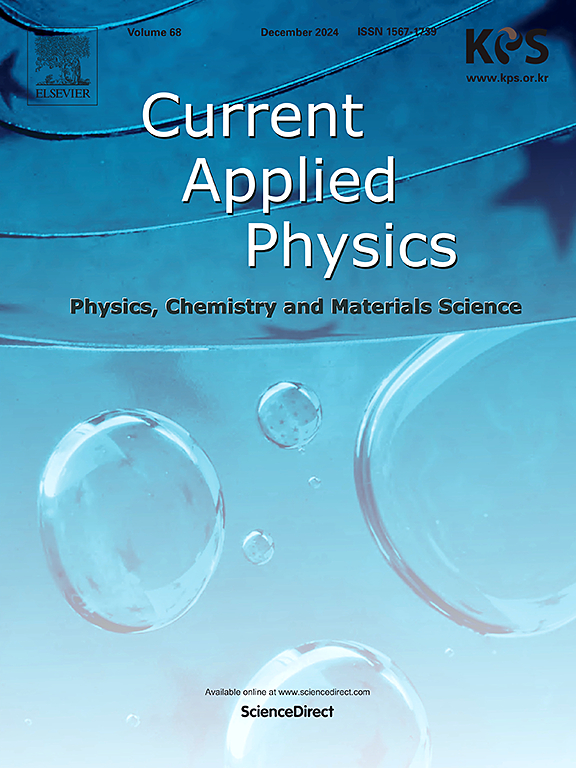An overview of tin based perovskite solar cells: Stability and efficiency
IF 2.4
4区 物理与天体物理
Q3 MATERIALS SCIENCE, MULTIDISCIPLINARY
引用次数: 0
Abstract
Perovskite solar cells (PSCs) are a category of third-generation solar cells technology, which gained significant attention due to their cost-effectiveness and electricity generation capabilities. However, there are concerns regarding the use of lead (Pb) in traditional PSCs, particularly its potential impact on the environment and human health. Consequently, the advancement of lead-free perovskite solar cells is of utmost importance to safeguard both the environment and human well-being. Tin-based perovskites present a promising alternative to lead-based PSCs. Tin (Sn) has shown promising optoelectronic properties and can be used as a substitute for lead. However, there are obstacles associated with the weak stability of Sn2+ ions that must be overcome in order to develop tin-based PSCs that are both extremely stable and efficient. This review specifically examines the progress made within the field of lead free tin-based perovskite solar cells, with a particular focus on stability and efficiency. The discussion delves into the effect of various cations and their compositions on the devices' stability. It is important to mention that devices based on tin halide perovskites have achieved an unexpectedly high level of efficiency in a short amount of time. Moreover, this review provides a summary of the strategies that have been employed to enhance, and improve the stability and the overall efficiency of tin-based PSCs.

锡基钙钛矿太阳能电池综述:稳定性和效率
钙钛矿太阳能电池(PSCs)是第三代太阳能电池技术的一种,由于其成本效益和发电能力而受到广泛关注。然而,人们对传统的pcsc中铅的使用,特别是其对环境和人类健康的潜在影响表示关切。因此,无铅钙钛矿太阳能电池的发展对保护环境和人类福祉至关重要。锡基钙钛矿是铅基PSCs的一个很有前途的替代品。锡(Sn)具有良好的光电性能,可作为铅的替代品。然而,为了开发既稳定又高效的锡基psc,必须克服与Sn2+离子弱稳定性相关的障碍。本文综述了在无铅锡基钙钛矿太阳能电池领域取得的进展,特别关注稳定性和效率。讨论了各种阳离子及其组成对器件稳定性的影响。值得一提的是,基于卤化锡钙钛矿的设备在短时间内实现了意想不到的高效率。此外,本文还概述了用于增强和改善锡基PSCs的稳定性和整体效率的策略。
本文章由计算机程序翻译,如有差异,请以英文原文为准。
求助全文
约1分钟内获得全文
求助全文
来源期刊

Current Applied Physics
物理-材料科学:综合
CiteScore
4.80
自引率
0.00%
发文量
213
审稿时长
33 days
期刊介绍:
Current Applied Physics (Curr. Appl. Phys.) is a monthly published international journal covering all the fields of applied science investigating the physics of the advanced materials for future applications.
Other areas covered: Experimental and theoretical aspects of advanced materials and devices dealing with synthesis or structural chemistry, physical and electronic properties, photonics, engineering applications, and uniquely pertinent measurement or analytical techniques.
Current Applied Physics, published since 2001, covers physics, chemistry and materials science, including bio-materials, with their engineering aspects. It is a truly interdisciplinary journal opening a forum for scientists of all related fields, a unique point of the journal discriminating it from other worldwide and/or Pacific Rim applied physics journals.
Regular research papers, letters and review articles with contents meeting the scope of the journal will be considered for publication after peer review.
The Journal is owned by the Korean Physical Society.
 求助内容:
求助内容: 应助结果提醒方式:
应助结果提醒方式:


